
Air Force's first Invisible Wounds Center opens

Lt. Gen. Dorothy Hogg, Air Force Surgeon General, talks with a veteran during a tour of the Air Force’s first Invisible Wounds Center at the Eglin Air Force Base, Fla. The IWC will serve as a regional treatment center for post-traumatic stress, traumatic brain injury, associated pain conditions and psychological injuries. (U.S. Air Force photo Ilka Cole)
EGLIN AIR FORCE BASE, Fla. — The 96th Medical Group held a ribbon-cutting ceremony to celebrate the opening of the Air Force’s first Invisible Wounds Center Aug. 30.
More than 120 people attended the event and toured the new facility, including the Air Force Surgeon General, Lt. Gen. Dorothy Hogg, the 96th Test Wing installation commander, Air Force Brig. Gen. Evan C. Dertien, and members of the local community.
Hogg, the guest speaker for the ribbon cutting ceremony, thanked everyone who helped standup the center here. She also reaffirmed the Air Force’s commitment to providing ‘Trusted Care’ to our military members.
“Standing up this facility is just the first step of many in our commitment to care for our warriors with invisible wounds,” she said. “We owe these brave men and women the very best treatment possible. Today, we make good on that commitment.”
The center will serve as a regional treatment center for post-traumatic stress, traumatic brain injury, associated pain conditions and psychological injuries.
“The center is ready to treat retirees, Guard, Reserve, and active duty members from our sister services who carry the weight of invisible wounds,” said Hogg. “Our goal is to eliminate barriers to care. We want to treat our service members with dignity through every phase of their recovery.”
“The facility and the capabilities we are building here have the impact and the potential to change people’s lives,” said Dertien. “This sends the message that we can talk about invisible wounds. It’s okay to ask for help.
“We’re here for you, we’re ready to serve you,” he said.
The IWC, modeled after the best practices of the Intrepid Spirit Centers, will assemble a team of 18 specialties under one roof to provide treatment in an individually tailored, holistic and integrated fashion, using a combination of conventional and complimentary therapies.
Art and music therapy, yoga, acupuncture, physical and occupational therapy and mental health services will also be included in treatment.
“Having all these services under one roof, complimenting each other, provides treatment and healing in ways that are only now being recognized,” said Hogg. “The providers will also address physical, spiritual, mental and social well-being to further ensure positive health outcomes."
Hogg shared positive accounts from wounded warriors she met at Intrepid Spirit Centers on military installations around the country. She attributed their success to the mind and body approach to treatment and community involvement. She also noted patient, caregiver and family education is key component in the healing process.
“We learned the best outcomes occur when a host of people are involved in the healing process,” she said. “Complete healing and reintegration requires healing the patient as well as the family.”
The ceremony concluded with a good news, momentous announcement for the military community.
Hogg said the Department of Defense recently accepted a proffer from Arnold Fisher, honorary chairman of the Intrepid Fallen Heroes Fund, to build an Intrepid Spirit Center here, making it the tenth of its kind and the first on an Air Force base. Plans for the ground breaking are underway and officials expect a completion of the facility in 2020.
Fisher describes these facilities as “centers of hope,” and adds that these center are not built by the government, but by donations from the American people. He finds that thought reassuring because Americans believe this is the right model to treat invisible wounds, according to Hogg.
“Fisher is determined to continue his mission to build Intrepid Spirit Centers,” said Hogg. “Today the Air Force is forever grateful to him and all the donors who will make the Intrepid Spirit Center here a reality.”
Disclaimer: Re-published content may have been edited for length and clarity. Read original post.
Healthy sleep for healing
Article
8/7/2018
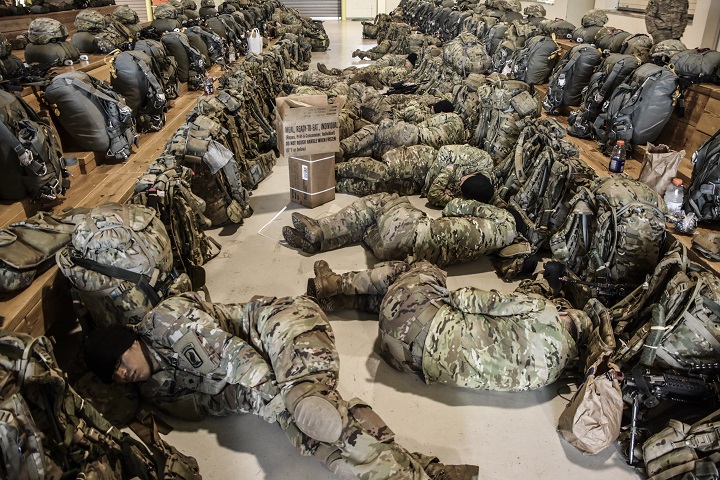
We know how to treat bad sleep
Drug-monitoring innovations help providers help their patients
Article
8/6/2018
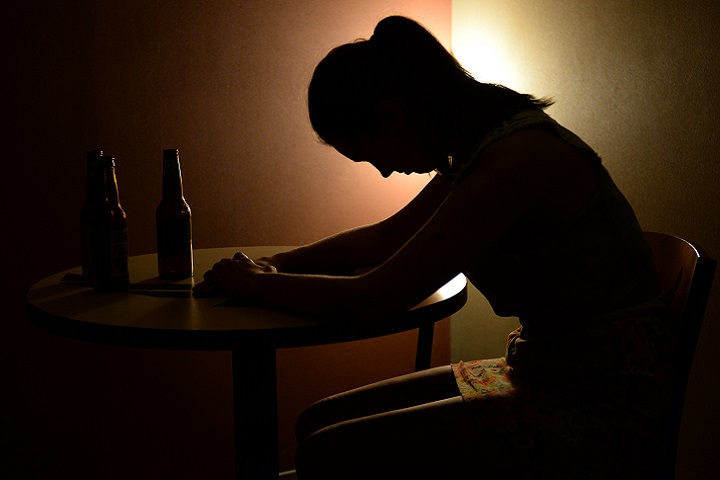
Focus is on management of pain and PTSD
Breaking down anxiety one fear at a time
Article
6/5/2018

Generalized anxiety, panic disorder, and anxiety related to PTSD are common disorders. In fact, an estimated 31 percent of U.S. adults experience anxiety at some point in their lives; one marine discusses his journey.
For children who get concussions, brain rest is best
Article
4/19/2018
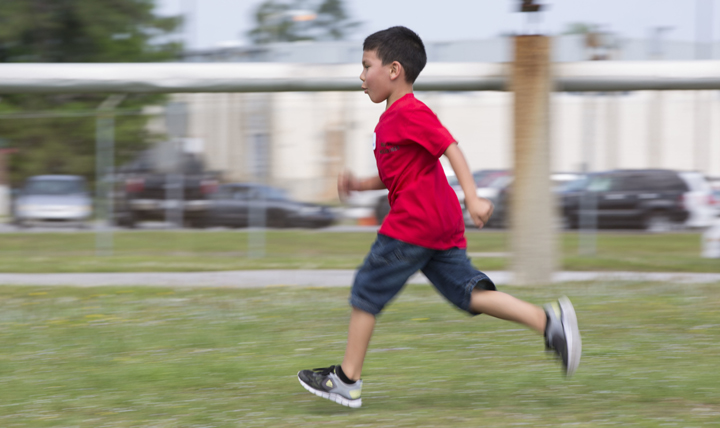
Most recover fully, but it may take longer to heal
Identification of brain injuries in deployed environment surged after enactment of DoD policies
Article
3/27/2018
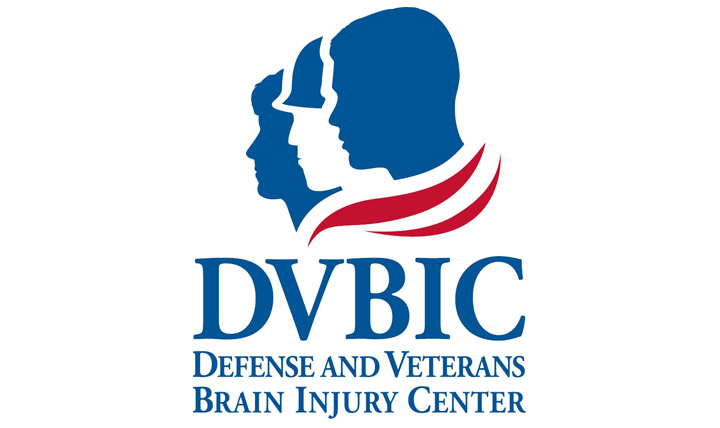
Researchers compared the number of TBIs before and after introduction of new policies aimed at screening for and identifying deployment-related TBIs
The relentless winter poses risk for head injuries
Article
3/21/2018
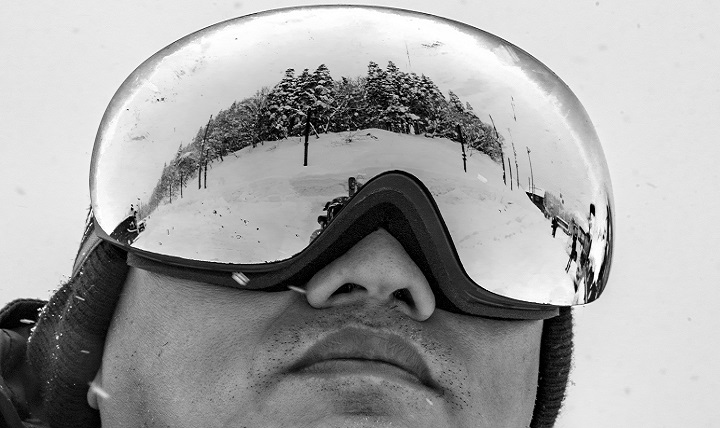
Whether snowboarding or walking on an icy sidewalk, winter conditions and sports can pose an increased risk for traumatic brain injuries
First-ever blood test for detecting brain injury cleared by FDA
Article
3/15/2018
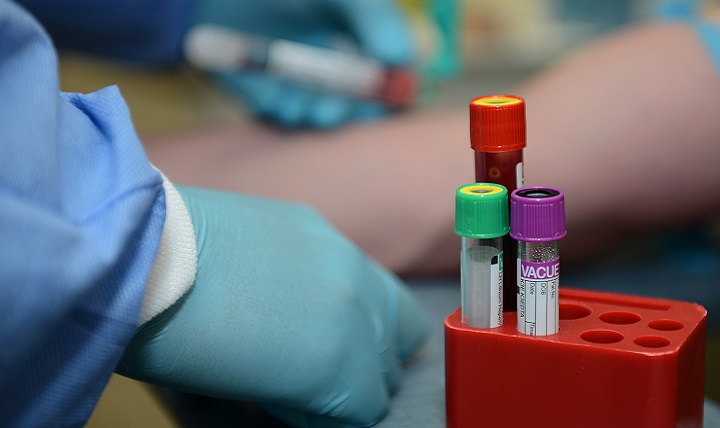
Research funded by the DoD and U.S. Army breaks ground on brain injury diagnostics
Military providers seek tailored approach to treating PTSD
Article
3/14/2018

New tool reviews, monitors provider prescribing habits
Defense and Veterans Brain Injury Center Celebrates 25 Years
Video
3/12/2018

Katherine Helmick, DVBIC acting national director, discusses DVBIC achievements and goals to advance service members' health care. DVBIC honors 25 years of military health care by continued dedication to research and treatment of traumatic brain injury.
Traumatic Brain Injury and the Art of Paddling
Article
3/7/2018

A U.S. Army veteran’s recipe for embracing life after several TBIs
Brain Injury Awareness Month - Videos spotlight military TBI champions
Article
3/5/2018
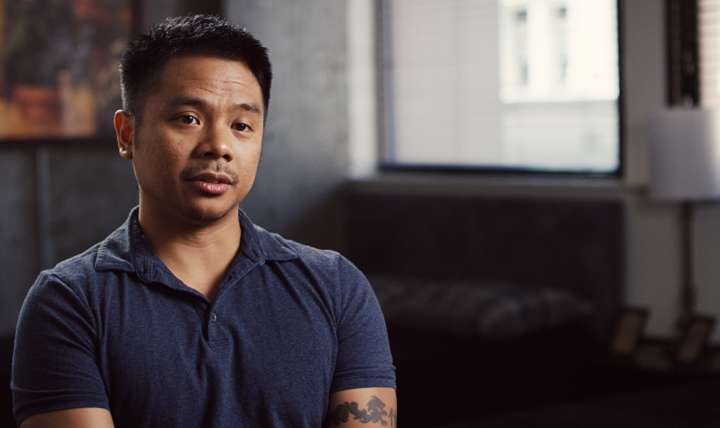
During Brain Injury Awareness Month and beyond, we want our military community to know that recovery from a TBI is possible
Seizures among Active Component service members, U.S. Armed Forces, 2007 – 2016
Infographic
1/25/2018

This infographic documents a retrospective study which estimated the rates of seizures diagnosed among deployed and non-deployed service members to identify factors associated with seizures and determine if seizure rates differed in deployment settings. The study also evaluated the associations between seizures, traumatic brain injury (TBI), and post ...
Invisible wound, visible effects: TBIs need medical help – and the sooner, the better
Article
12/13/2017
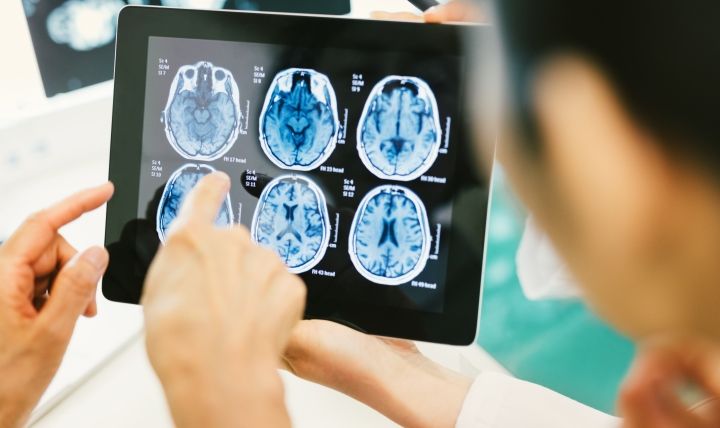
The road to recovery for a traumatic brain injury starts with an evaluation. Regardless of severity or cause, all TBIs require medical attention, experts warn.
Doctors use cutting-edge research at Navy hospital
Article
12/6/2017
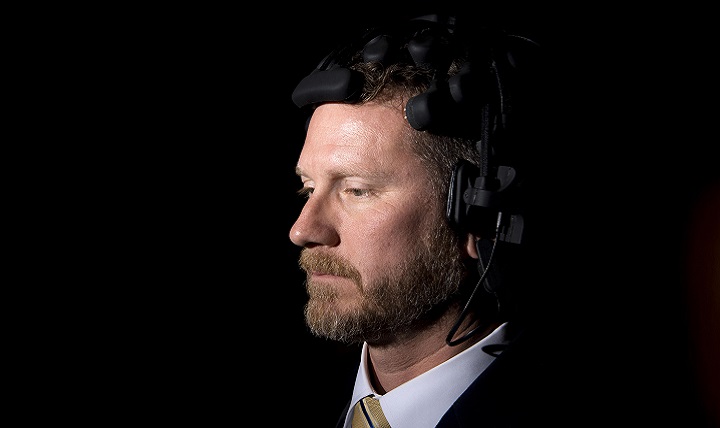
The Navy is developing and using cutting-edge research to better help service members, their family members and retirees
Brain injury sufferers find benefits in music therapy program
Article
11/17/2017

For people with TBI, music therapy can be instrumental to rehabilitation






















.png)











No hay comentarios:
Publicar un comentario